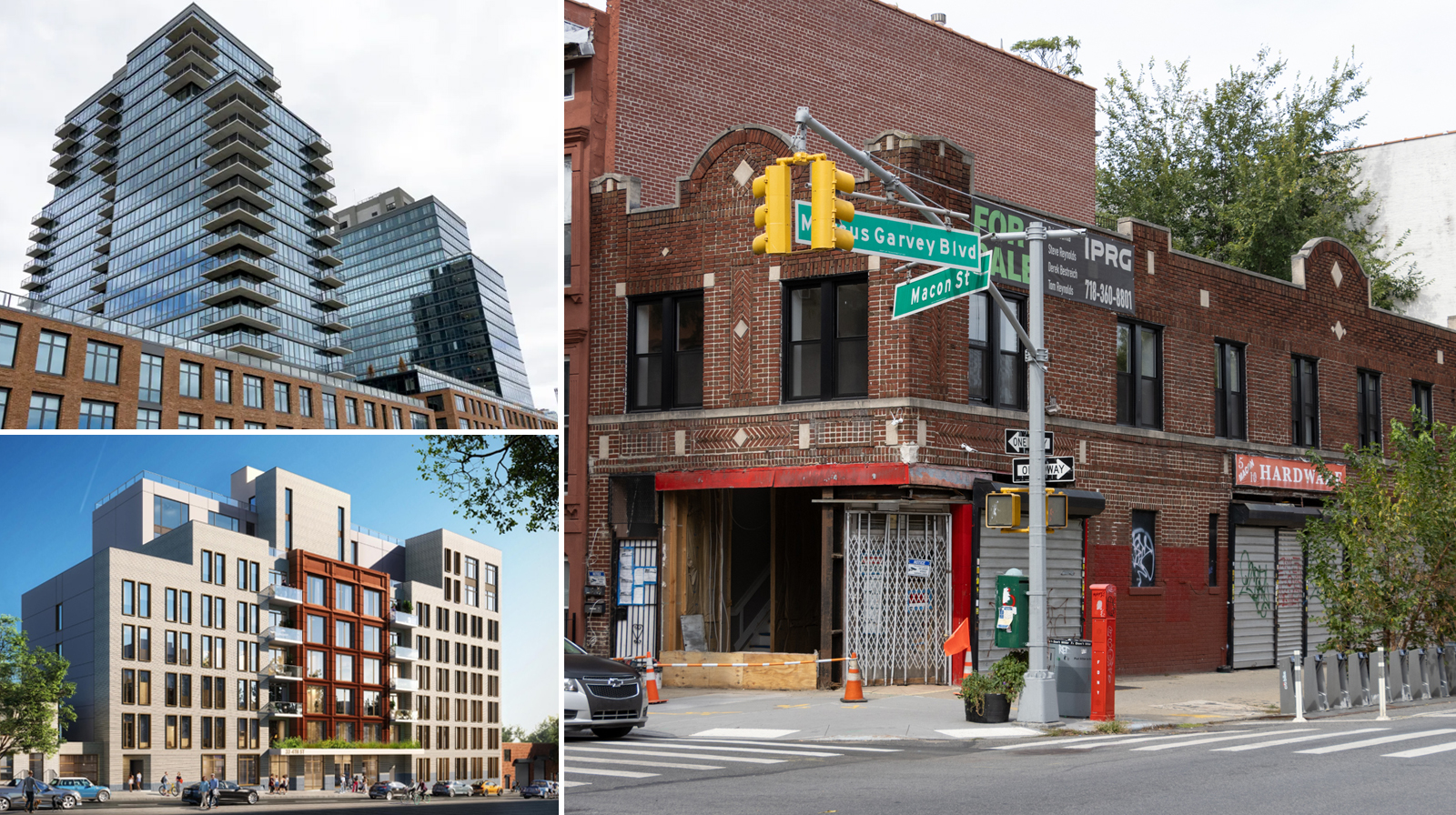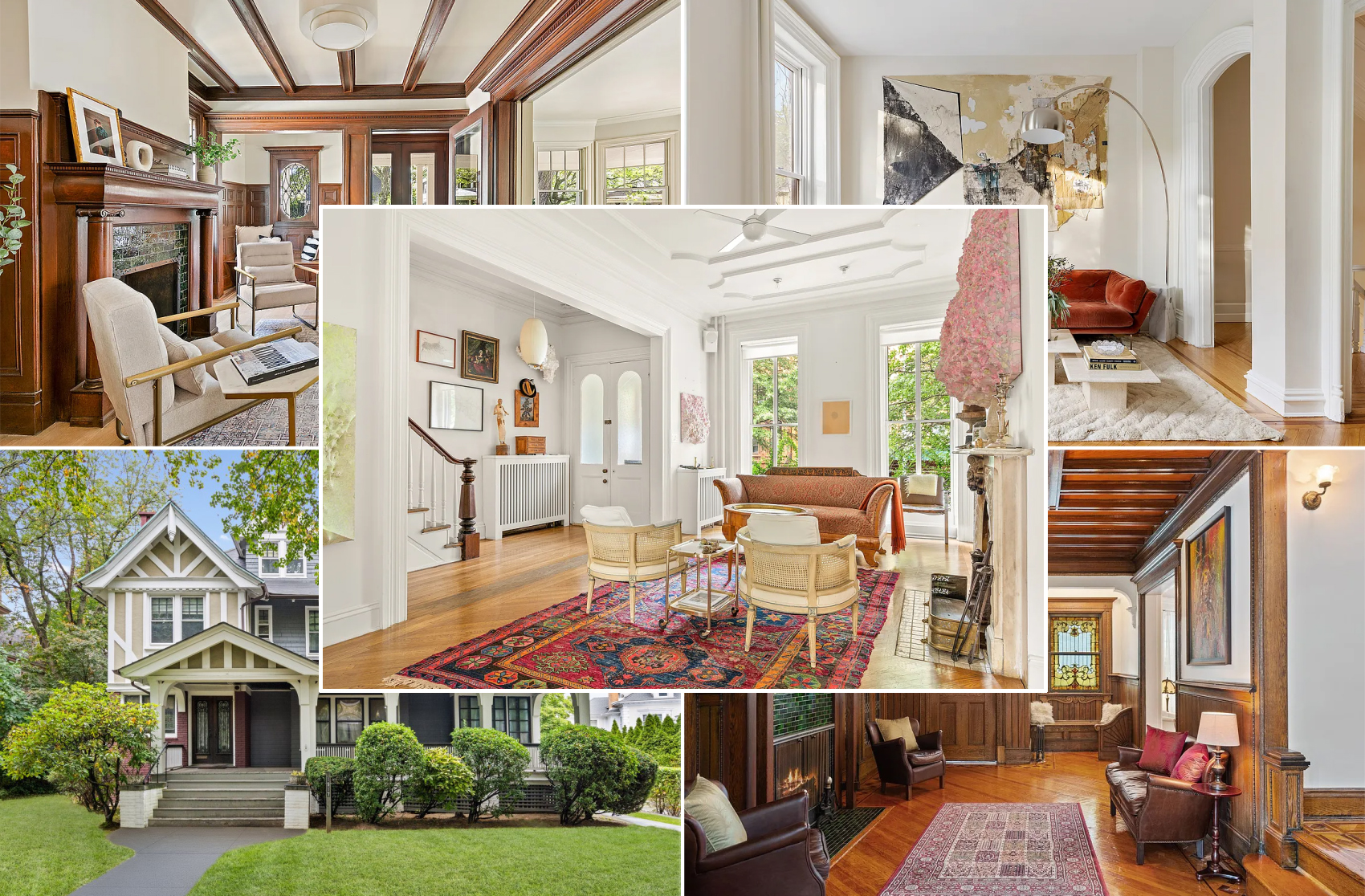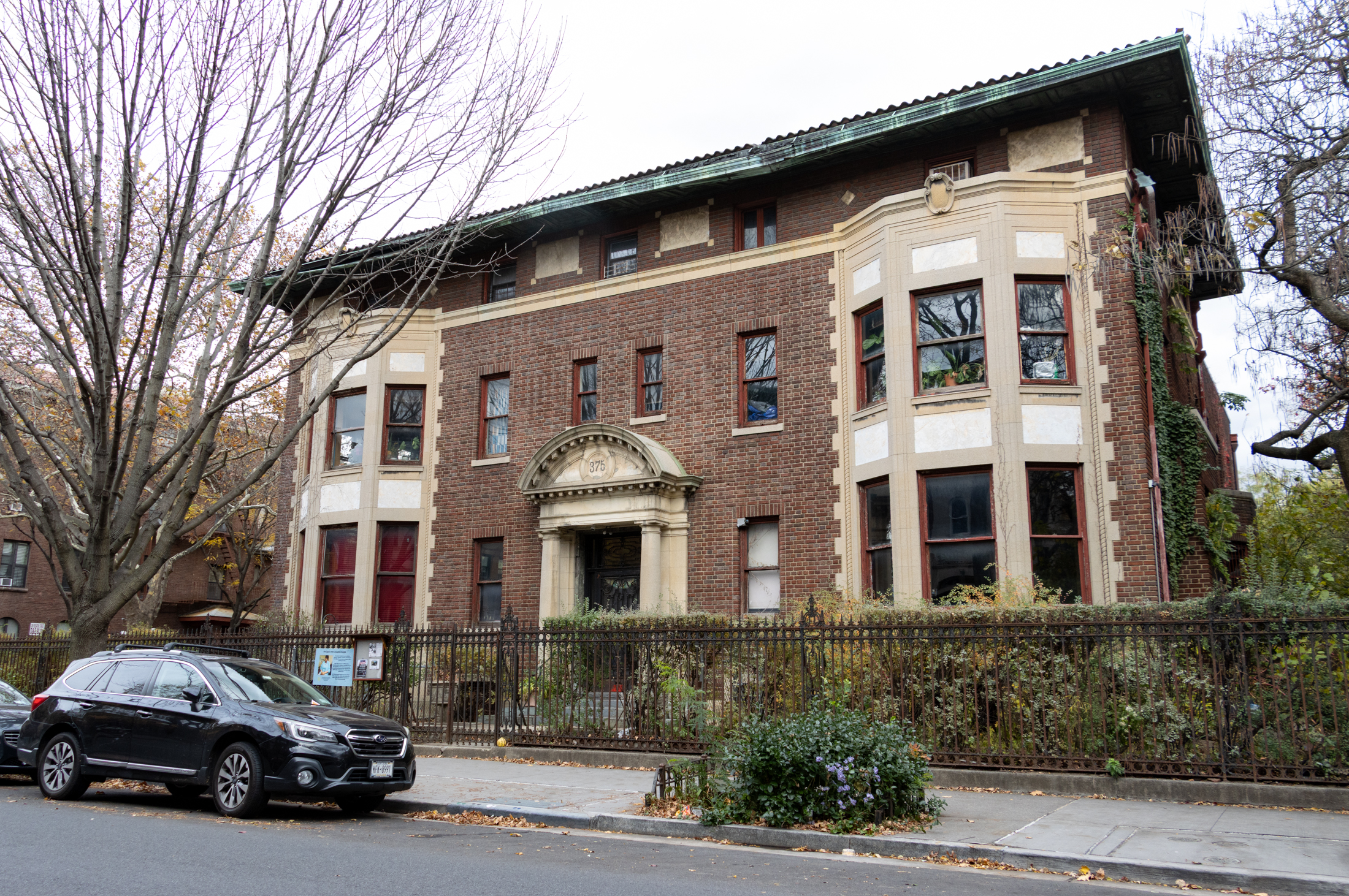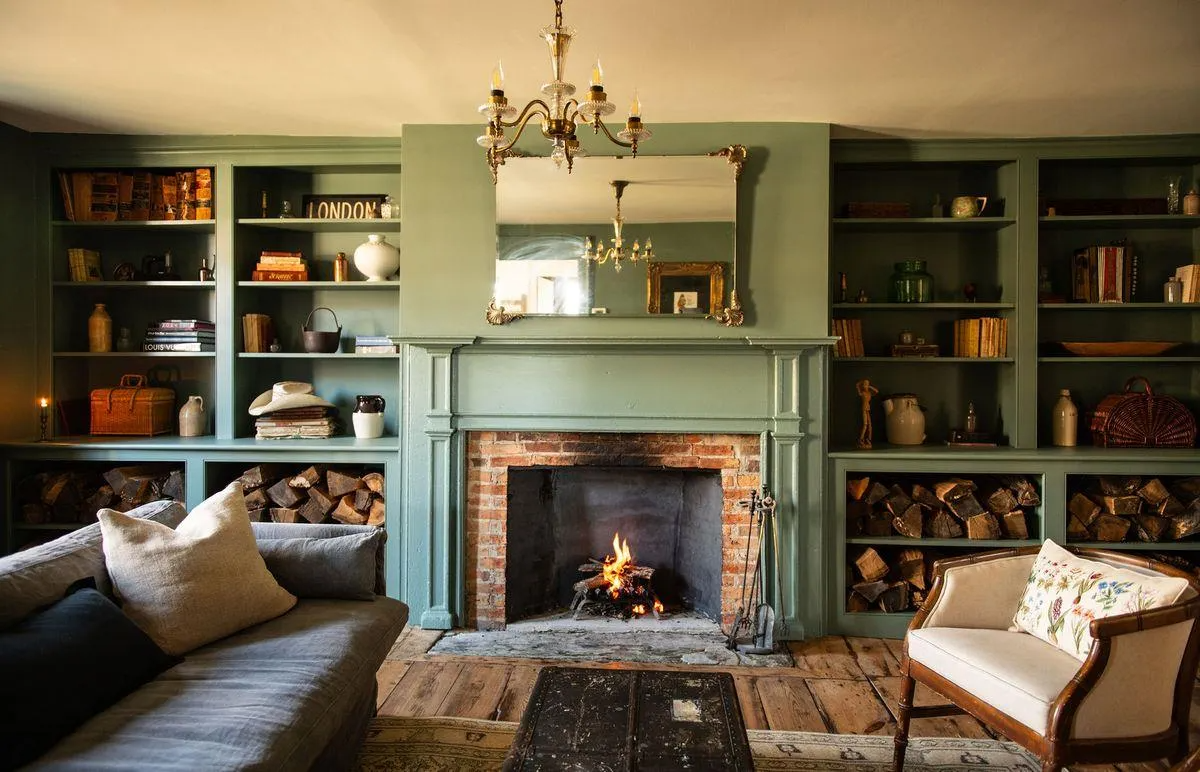Civil War Era Gem Facing Wrecking Ball
When 70 Lefferts Place, the old free-standing woodframe between Grand and Classon, went on the market last Spring, there was considerable speculation and fear in the neighborhood that a developer would buy the house only to tear it down. And indeed, now that the sale has been finalized for $2.4 million, it turns out that…
When 70 Lefferts Place, the old free-standing woodframe between Grand and Classon, went on the market last Spring, there was considerable speculation and fear in the neighborhood that a developer would buy the house only to tear it down. And indeed, now that the sale has been finalized for $2.4 million, it turns out that this is the old beauty’s fate. From what we hear, the developer who bought the place, Christopher Morris, is planning a full demolition to be followed by a 21-unit condo building. While we’re saddened that this is the case, it was almost inevitable given market forces: here was a 7,000-square-foot house with an extra 11,000 square feet of buildable air rights in an unlandmarked part of town. The house’s only real hope had been for the same person to buy the house and the adjacent vacant lot so that the air rights could be transferred and thus fully utilized. We gather that Morris is planning to try to incorporate some the house’s elements into the new facade. We had the pleasure of seeing the gorgeous staircase and widow’s walk first-hand when it was on the market. Stunning. Mr. Morris has received an invitation to attend the Lefferts Place Community meeting on August 2 to share more details of his plans. At this point, we’d describe the mood of residents as a mix of resignation and cautious optimism. We hope Morris’ heart is in the right place on this one. We’ll be watching closely, that’s for sure.
Stopping to Smell the Roses on Lefferts [Brownstoner] GMAP P*Shark





regarding the ‘freedom tower’ I think its a lousy design for that area…while i don’t 100% agree with this design, it did a lot of what i am talking about – incoporating/factoring in surrounding buidings and bringing back the streets literally wiped out by the WTC project
http://www.city-journal.org/html/11_4_what_should_rise.html
There was a thread here (or on the Forum) recently where someone questioned the value of designation as an Historic District (because, IIRC, it would make it difficult or impossible for him to add a floor to a house he was considering buying). This sad story is an example of why designation is SO important.
“I respect what you’re saying. I really think the problem with much contemporary design is that corner’s are cut to maximize profit margins. I believe there was a significant amount of 18th, 19th and 20th century architecture that was poorly and cheaply made and has not survived. What has survived, and is appreciate, has tended to be what was of the best quality…”
Is New York a better place because of the ‘new’ Penn station? What was the saying – people used to enter New York like Gods…now they enter it like rats.
Marcy, I am curious…do you support the AY development?
There was a thread here (or on the Forum) recently were someone questioned the value of designation as an Historic District (because, IIRC, it would make it difficult or impossible for him to add a floor to a house he was considering buying). This sad story is an example of why designation is SO important.
marcy- you made a good point about confusion. I think the new PATH station- if it get built according to the original design- will be an incredible addition. The Freedom Tower-not so much. But I think there is a point to be made- and dreadnought does – that things like incorporating natural materials and the environment into modern buildings, although they may be part of the intellectual structure of Modernism, in reality it isn’t often done. So you get showpieces like Neutra, then you get the Fedders that pop up like weeds. Most buildings today- even when they are extreme looking, always seem to me to be watered down expressions of “Less is More.” I think that there is a backlash against Modernism- I may be stretching here, but McMansions seem to be the opposite of modern architecture. They want to be Versaille (sp.?) and of course they’re not. McMansions seem to be the trend everywhere- not wonderful houses like Fallingwater. THey’re a nightmare amalgamation of misconstrued Beaux Arte and more is more.
….and you’re lumping everything good into modernist – are you telling me a earth friendly cob house is ‘modernist’?
I like FLW’s early stuff, however the giant toliet bowl on fifth avenue is an eyesore.
“19th century B’sotnes and Victorians are definitely not the most eco-friendly, energy efficient buildings in NYC.”
not as much as buildings today but many victorians were quite sophisticated in how they could naturally cool or heat a house (opening certain windows to create airflow)…and in traditional architecture natural heating and cooling were necessary before air conditioning and gas heating.
The modernist movements – like steel and glass architecture rejected any of this – flat roofs for example in areas with heavy snow fall – buildings that are like solar ovens without air conditioning (I worked in the sears tower when the air conditioning went off not fun)
but going back to our neigborhood:
You say you like portland street what makes it beautiful? what if your Meier or Herzog & de Meuron aparments were scattered throughout the block? it would no longer look as beautiful because part of the beauty is how all the buildings look together – and thats what modernist you espouse don’t factor in.
you claim they incorporate natural surroundings – I also meant the architecture around the site as well.
Bx2Bklyn , funny you mention that, I just read a book last year about it…a bit tedious but it goes as far to say its use has been greatly exaggerated – you can fudge the numbers on a parthenon, for example to say they are within the golden mean.
regarding gothic cathedtrals – or even skyscapers that echoed them, like the woolworth building or chrysler building. i think they give a sense of ‘soaring height’ because of elements that lead the eye up – whereas the big box buildings like the WTC are just, well, big boxes 🙂
Bx2Bklyn, I respect what you’re saying. I really think the problem with much contemporary design is that corner’s are cut to maximize profit margins. I believe there was a significant amount of 18th, 19th and 20th century architecture that was poorly and cheaply made and has not survived. What has survived, and is appreciate, has tended to be what was of the best quality.
Dreadnaught, you say:
“How about buildings that:
a. use natural and earth friendly materials?
b. incorporate/factor in the surrounding area…do you really think”
Many modern buildings perform both of these functions far better than older buildings ever could. Green architecture is a contemporary movement. 19th century B’sotnes and Victorians are definitely not the most eco-friendly, energy efficient buildings in NYC.
And in terms of incorporating natural surroundings into the design, this was an inherent goal of the modernist movement. look at the work of Frank Lloyd Wright (Fallingwater?) for evidence of this, or look at Neutra in Los Angeles. Indoor space flows into Outdoor. This was also achieved to an extent with Taniguchi’s new design for MOMA. I don’t understand where you were going with this one…
I think we’re confusing bad buildings that happen to be recently constructed with Modernist buildings and quality contemporary design, lumping all of them together as one, which is unfair.
Sorry- just wanted to clarify the golden mean comment. It’s a natural proportion that is inherently accepted- when things are not built to that proportion they are uncomfortable for us. I’m not good at explaining eactly what the golden mean is- maybe dreadnaught can help me out here. I’m an artist but a self taught, outsider artist.
Marcy- the Ian Schrager site is beautiful, and although it’s not my taste but I do recognize its beauty. Unfortunately most modern buildings always seem to me to be a case of the Emperor’s New Clothes- much like dreadnaught’s dead on comment about critics and Abstract art. When you have to explain a building instead of the building speaking for itself, I think that is a failing of the design.
A more telling aspect is that so much of the architecture of the past survives and is still in use today. (Not nearly enough, of course, but still). It has an adaptability that much, if not most modern architecture does not, and a human scale that transcends generations. The modern era saw the construction of buildings that were not humanly scaled, hard-edged, and the opposite of natural and organic forms, which human beings evolved within. (sorry- the old anthro degree and stuff). At some point we seem to have passed from designing a building that answers human needs to designing buildings that force people to accept the building’s needs.
I would use the WTC as a case in point- built to a glorious soaring scale, but the buildings made you feel like an unimportant ant. Much like the natural golden mean that artists use, there comes a point where we overstep what makes us comfortable. It’s the difference between being in a wonderful Gothic Cathedral and the Towers. The Towers and the plaza created a zone of discomfort because the designers didn’t pay attention to the fact that people would actually use the buildings. The Towers were awe-inspiring, beautiful in their way, and ultimately deadly. I don’t have to go into the construction and mechanics of their fall- suffice it to say everything I read seemed to say they designed the Towers to fall (pancake) when I think they should have built them to stand forever. And to some degree, most modern architecture is not build to stand forever- just long enough to fulfill its function. IMHO.